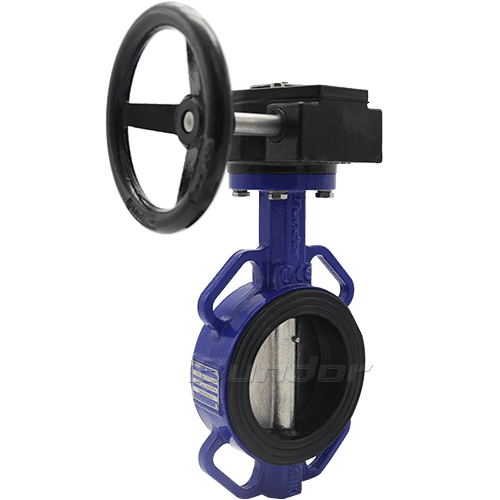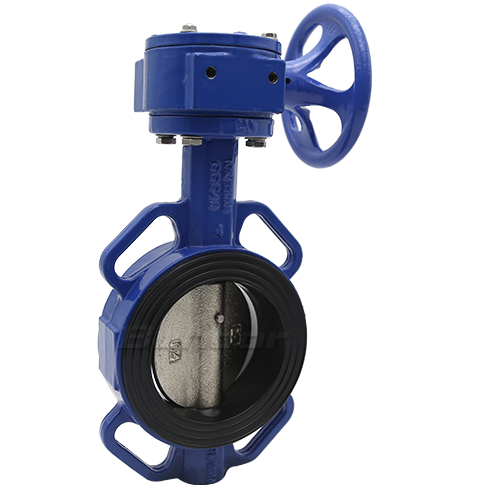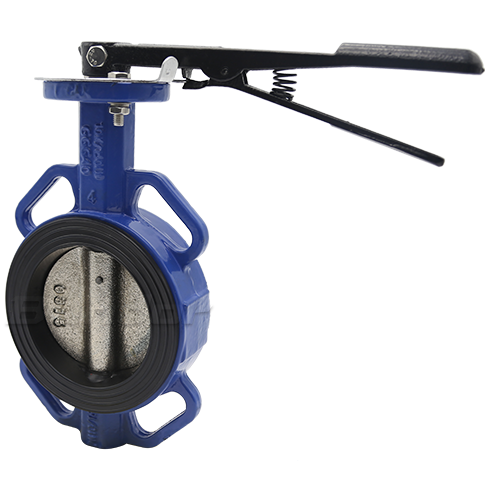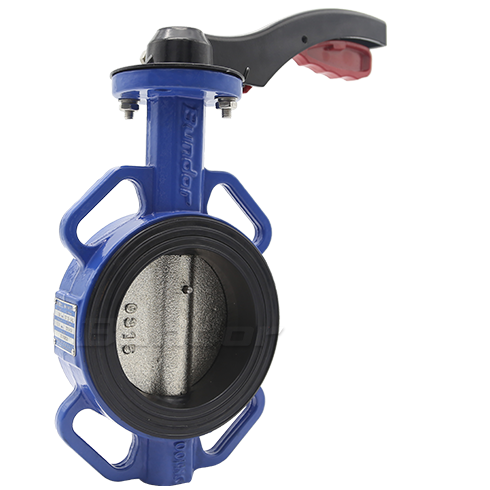The definition of a ball valve on the Internet is: a ball valve is a valve in which the opening and closing parts (ball) are driven by the valve stem and rotate around the axis of the ball valve. The ball valve can be used for fluid adjustment and control. Among them, the hard-sealed V-shaped ball valve has a strong shear force between the V-shaped core and the metal seat of the hard alloy surfacing. It is especially suitable for fibers and small solid particles. And other media. The multi-way ball valve can not only flexibly control the confluence, divergence, and flow direction switching of the medium on the pipeline, but also close any channel to connect the other two channels. This type of valve should generally be installed horizontally in the pipeline.
There is no direction in the installation of the ball valve, and there is no arrow on the valve body to indicate the direction. When the ball valve is fully opened, the fluid medium can flow in both directions, and there is no distinction between positive and negative directions. The basis for judging the switch direction of the ball valve is: look at the position of the manual ball valve handle. When the handle direction is parallel to the valve body direction, the ball valve is fully open; when the handle direction is perpendicular to the valve body, the ball valve is closed.
The ball valve has no direction distinction. This is only theoretical. In the actual installation process, we have to consider some factors.
Such as the installation environment, the installation of the ball valve, especially the manual ball valve, must be easy for people to operate, such as the pipe near the root of the wall, and the handle or hand wheel must face outward.
In addition, if the ball valve is installed in combination with other valves, the direction of other valves must be considered. For example, if a one-way valve is installed in combination with a ball valve, the ball valve can only have one direction.








